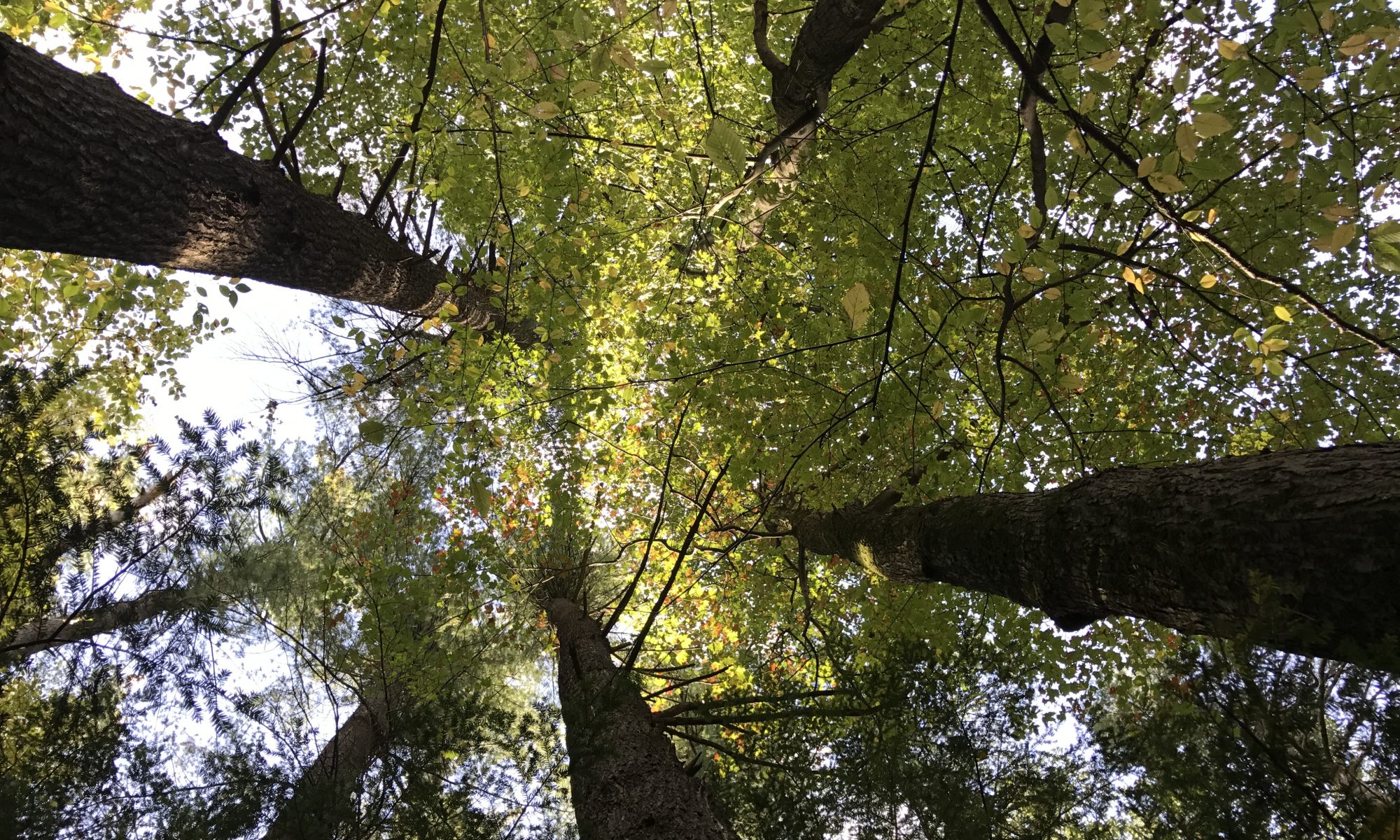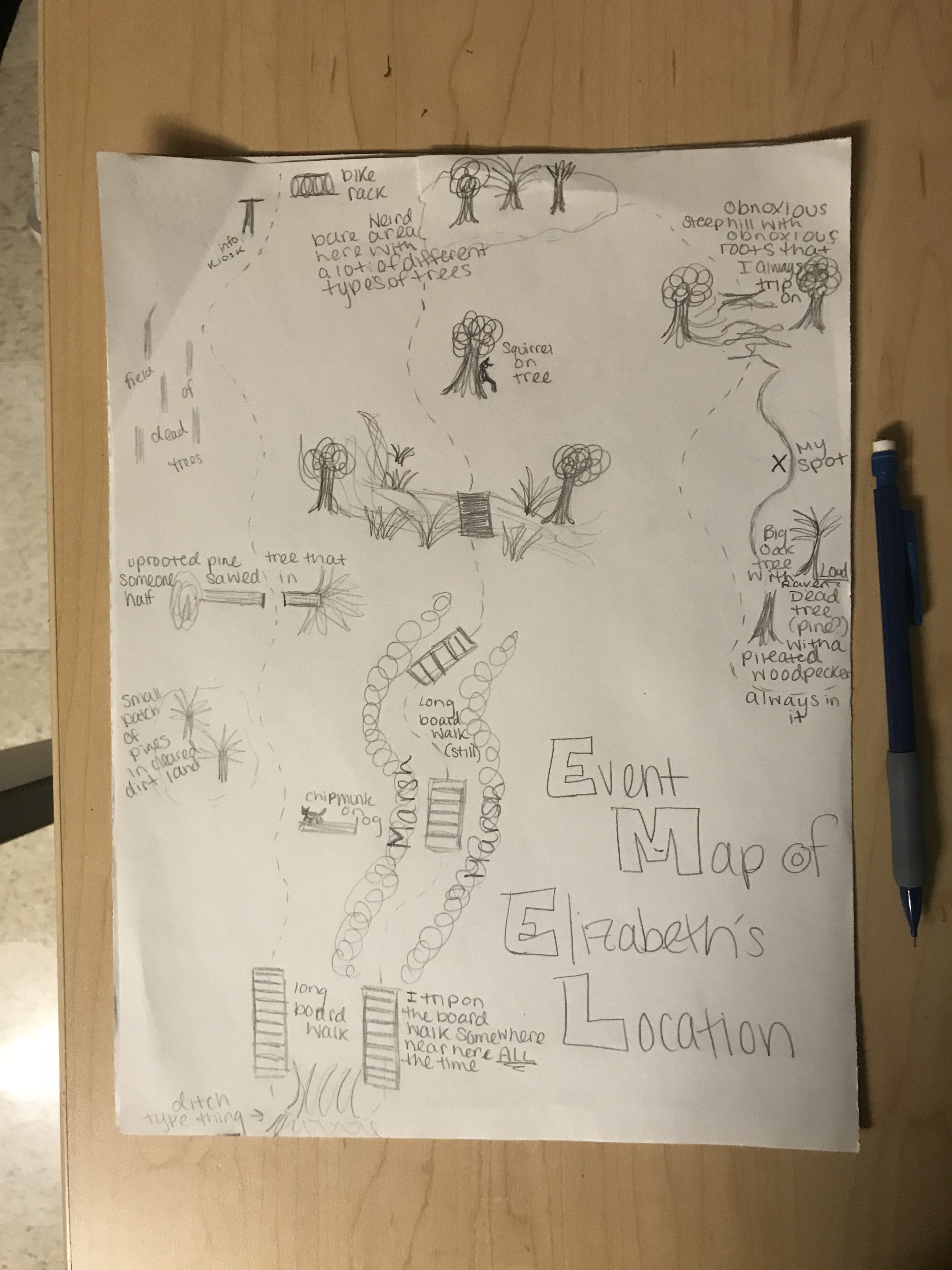This last time around when I visited, there was no more of that pesky snow like there was when I visited in April. There were also many more birds and small animals roaming around that are migrating back up or are coming out from hibernation. The trees are budding and the leaves are starting to come out. Everything is starting to turn green again and it’s so pretty and wonderful. However, the annoying mosquitoes and flies are coming back out again which is the only awful part about spring… well that, and the humidity. I had forgotten how much I despise both of those, but the constant rain and few thunderstorms cool it down every once and a while and it goes back to being perfect weather again.
Nature and culture definitely intertwine at my place because not only is there so much history from what had happened in the past at this place in Centennial Woods, (which you can read about in my other blog post – History of My Phenology Location), but there is also so much happening currently. Centennial Woods should put some kiosks up with some information because the rich history of this place plays a key role in all of the activity going on now and people should be informed about the culture of this location and how it connects to the diverse ecosystem and all of the nature that lives within these borders.
I consider myself a part of my place, but not a huge part. I have only visited this location a couple of times compared to the people and animals who roam here everyday exploring it’s every nook and cranny. This location will always resonate with me and I will always have a sweet spot for it in ways I can’t say about other locations. However, with spots back home that I did visit almost everyday for years and that I would go to in times of happiness and sadness, this place does not have that big of a spot on my heart and vice versa. So I do think that I consider myself a part of my phenological place, but not as big a part as others have on this location. Although, I will come back and visit to catch up wit my place and see how it and everything around it is doing, like catching up with an old friend you haven’t seen in a while.




